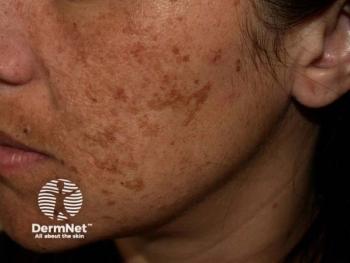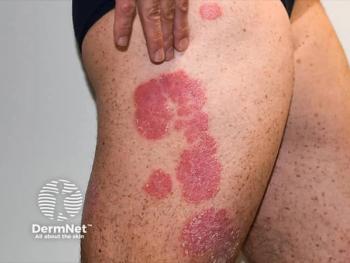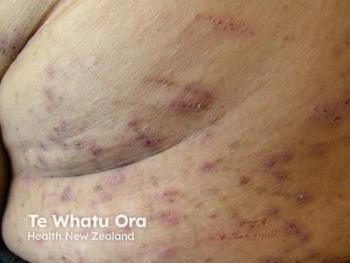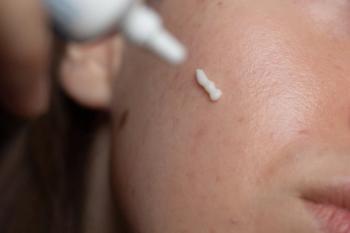
Ata Moshiri, MD, MPH, FAAD, on Melanonychia Biopsy Cues and AI's Role in Dermatopathology
Key Takeaways
- Longitudinal melanonychia often raises concern for melanoma, but most cases are benign; identifying worrisome features is crucial for biopsy decisions.
- Key biopsy indicators include new-onset melanonychia in older individuals, single-digit involvement, band width, shape, and pigmentation extending into nail folds.
Discover key insights on melanonychia and the transformative potential of artificial intelligence from Ata Moshiri, MD, MPH, FAAD, at Elevate-Derm Summer 2025.
At the
In his talk, "Melanonychia: When to Biopsy & How to Decide," Moshiri emphasized that while longitudinal melanonychia (dark pigmented bands running along the nail) often raises concern for nail melanoma, most cases are benign.1 However, identifying worrisome features is crucial. Key indicators that a biopsy may be necessary include new-onset melanonychia in older individuals, especially if limited to a single digit, most notably the thumb or big toe. Additional red flags are bands wider than three millimeters, triangular or irregular shapes, pigmentation extending into the nail folds (known as Hutchinson's sign), and any associated nail plate dystrophy.
“If there's any doubt, any new longitudinal melanonychia in an older individual in a single digit probably needs to be biopsied,” Moshiri stressed. “That's the biggest takeaway of all of it.”
He also clarified that biopsies should target the nail matrix, not the nail plate or bed, as that’s where melanoma originates. Missing the correct tissue can lead to misdiagnosis.
Beyond clinical pearls, Moshiri shared insights into his ongoing research at NYU, where he is part of an innovative AI research group. Their focus is on developing algorithms capable of predicting melanoma behavior based on histologic features, specifically, which lesions are more likely to metastasize or respond to immunotherapy.2 By leveraging AI’s capacity to detect subtle patterns invisible to the human eye, the team hopes to enhance diagnostic precision and patient outcomes. Overall, Moshiri views AI as a transformative force in dermatopathology over the next 5 to 10 years.
“It's a very exciting time to be doing this kind of research in medicine,” he said, noting that the advancements being made today may soon become routine practice. With both a sharp eye for clinical detail and a forward-thinking approach to innovation, Moshiri’s work underscores the evolving future of dermatologic care.
References
1. Moshiri, A. Melanonychia: When to Biopsy & How to Decide. Presented at: 2025 Elevate-Derm Summer Conference; July 24-28; Park City, UT.
2. Johannet P, Coudray N, Donnelly DM, et al. Using Machine Learning Algorithms to Predict Immunotherapy Response in Patients with Advanced Melanoma. Clin Cancer Res. 2021;27(1):131-140. doi:10.1158/1078-0432.CCR-20-2415
Newsletter
Like what you’re reading? Subscribe to Dermatology Times for weekly updates on therapies, innovations, and real-world practice tips.


















